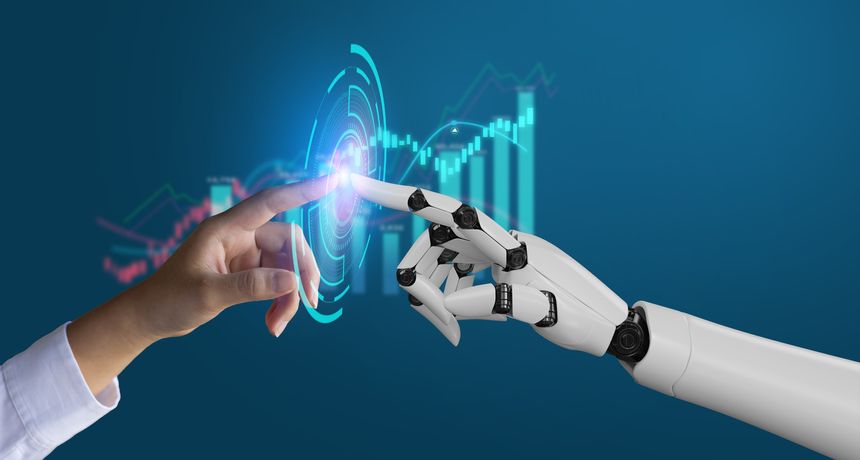On October 9, 2025, Dr. Stephen Thaler asked the U.S. Supreme Court to review whether a work created entirely by artificial intelligence without a traditional human contribution can receive copyright protection. The petition follows losses before the U.S. Copyright Office, a federal district court, and the D.C. Circuit, which held in March 2025 that only humans can be “authors” under the Copyright Act.
On October 9, 2025, Thaler filed a petition for a writ of certiorari, seeking further review with the United States Supreme Court, challenging whether human authorship should remain a hard requirement for copyright protection and if works generated by autonomous AI can be recognized as protectable under current law.
What the case is about
On the copyright application, Thaler listed his AI system, “Creativity Machine,” as the sole author of the artwork; his argument that he should be considered the author based on his involvement was not reached due to waiver in the agency record.
Today’s default: no machine authors. To date, courts and the Copyright Office have taken a consistent position: copyright protects human creativity, not machine output. Thaler challenges that line, arguing that authorship should not turn on whether a human or an AI system produced the work.
Why this matters
No human author = no copyright. That means AI-only outputs can be freely copied by others, with no exclusive rights. This has implications for teams deploying generative AI in content, code, design, marketing or other content, including how that work can be protected and monetized and how to allocate risks.
What to do now
Embed meaningful human creativity. Ensure identifiable human contributions to conception, selection, arrangement, or editing. Have teams think beyond pressing “generate,” to require human choices that shape the final result.
Document the human role. Keep records of prompts, iterations, curation decisions, edits, and post-generation modifications. This supports registration and enforcement and aligns with current Copyright Office guidance.
Use human-in-the-loop checkpoints. Build review and edit stages into workflows to capture creative judgment, not just quality control.
Reassess protection strategies for AI-only content. Where outputs lack human authorship, consider alternatives such as trade secret protection (controlled access), contract terms (license restrictions), or get to market first/fast.
Bottom line
Today’s rule is clear: AI is a powerful assistant, not a legal author. Until the Supreme Court says otherwise, businesses should design processes and paper their deals around human creativity at the core, accurate disclosures, and realistic enforcement expectations. Things could change if the Court grants review, but portfolios and launches should conform to the current standard now.
Petition for a writ of certiorari. (Response due November 13, 2025)

/Passle/5db069e28cb62309f866c3ee/MediaLibrary/Images/2025-06-30-18-20-05-882-6862d555bf3898129ef17194.jpg)
/Passle/5db069e28cb62309f866c3ee/MediaLibrary/Images/5dcaad7f8cb6230d740f6e44/2020-09-09-10-34-00-350-5f58af9853548812f484795c.jpg)
/Passle/5db069e28cb62309f866c3ee/MediaLibrary/Images/2025-09-08-14-53-13-586-68beedd97356a10e44369bc6.jpg)
/Passle/5db069e28cb62309f866c3ee/MediaLibrary/Images/2025-11-10-19-05-26-989-69123776a319d5ea6f5c806e.jpg)
/Passle/5db069e28cb62309f866c3ee/SearchServiceImages/2025-11-17-06-06-19-600-691abb5b5011860d8fdcc894.jpg)